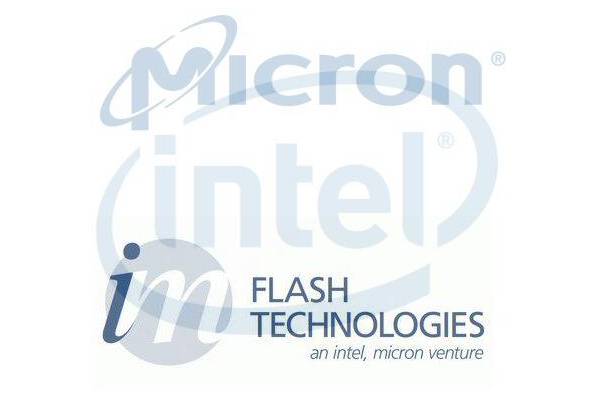
Advantages of Robotic Surgery
In today's operating rooms, you'll find two or three surgeons, an anesthesiologist and several nurses, all needed for even the simplest of surgeries. Most surgeries require nearly a dozen people in the room. As with all automation, surgical robots will eventually eliminate the need for some personnel. Taking a glimpse into the future, surgery may require only one surgeon, an anesthesiologist and one or two nurses. In this nearly empty operating room, the doctor sits at a computer console, either in or outside the operating room, using the surgical robot to accomplish what it once took a crowd of people to perform.
The use of a computer console to perform operations from a distance opens up the idea of telesurgery, which would involve a doctor performing delicate surgery miles away from the patient. If the doctor doesn't have to stand over the patient to perform the surgery, and can control the robotic arms from a computer station just a few feet away from the patient, the next step would be performing surgery from locations that are even farther away. If it were possible to use the computer console to move the robotic arms in real-time, then it would be possible for a doctor in California to operate on a patient in New York. A major obstacle in telesurgery has been latency -- the time delay between the doctor moving his or her hands to the robotic arms responding to those movements. Currently, the doctor must be in the room with the patient for robotic systems to react instantly to the doctor's hand movements.
Is Robotic Surgery Better? Or Just Marketing?
Why the U.S. healthcare system (if you want to call it a system, which it isn't) is a mess is obvious. It's mostly because of bureaucratic, inefficient, denial-fixated health insurers—chop out the waste, and escalating costs will come back into line. Considering this albatross as well as various other handicaps, it's amazing that the quality of our healthcare is really good.
Myths, both. Administrative expenses are a relatively small driver of healthcare costs. And the quality of U.S. care not only fails in many respects to measure up to the care delivered in other countries but swings between extremes depending on where you live, the caregiver you see, and the hospital you use. Shannon Brownlee, a visiting scholar at the National Institutes of Health Clinical Center (and a former U.S. News colleague), and oncologist Ezekiel Emanuel, chairman of the center's bioethics department, busted those two myths and three other widespread misconceptions in a well-argued piece in Sunday's Washington Post that is well worth reading.
In their discussion of what is to blame for high and rising costs, they cite technology, among other things, meaning new drugs, new gizmos, new procedures. "Unfortunately," they write, "only a fraction of all that new stuff offers dramatically better outcomes."
That reminded me of a striking admission from Paul Levy, president of Beth Israel Deaconess Medical Center in Boston, who last Friday stated publicly on his blog that the hospital is buying a da Vinci surgical robot for marketing reasons. It costs well over $1 million, not counting its expensive annual care and feeding with new tools and software. All of the hospital's Boston competitors have the robot, and they are drawing referrals away from Beth Israel, which doesn't. "So there you have it," he wrote, his own sentiments clear. "It is an illustrative story of the healthcare system in which we operate."
I'm not sure this is a perfect allegorical example of a pricey technology purchased just because it is new and therefore represents a competitive advantage or, if a hospital doesn't have the technology, the loss of one. It is quite true that the da Vinci robot—which allows a surgeon sitting at a control station to manipulate tiny surgical tools and thus is no more of a "robot" than is a car being driven by a person—has not been shown, with the possible exception of a few specific procedures, to be clinically superior to conventional surgery.
But let's suppose an expensive gadget has been introduced that might be able to do one or more of the following: reduce deaths or complications (saving lives and money), get patients out of the hospital faster (saving money), and get patients back on their feet sooner (making them happier and reducing lost work time). Turning that hypothetical "might" into "yes, it can" or "no, it can't" requires that the gadget be put to use, doesn't it? How can a technology be evaluated without putting hands on, making comparisons with the usual ways, and so on?
Where I have a problem with the Beth Israel situation is that our system is very much driven by marketing. Referring physicians are clients, patients are customers, and every hospital competes for market share. That can mean feeling pressured to have the latest CT scanner or radio-beam therapy or surgical robot. If there aren't enough patients to keep a gadget in use enough to be profitable, get more by hyping the benefits (remember the temporary boom in whole-body scanning a few years ago) or luring patients from other hospitals. Does every hospital in Boston truly need a surgical robot system? Can't expensive technology be pooled?





